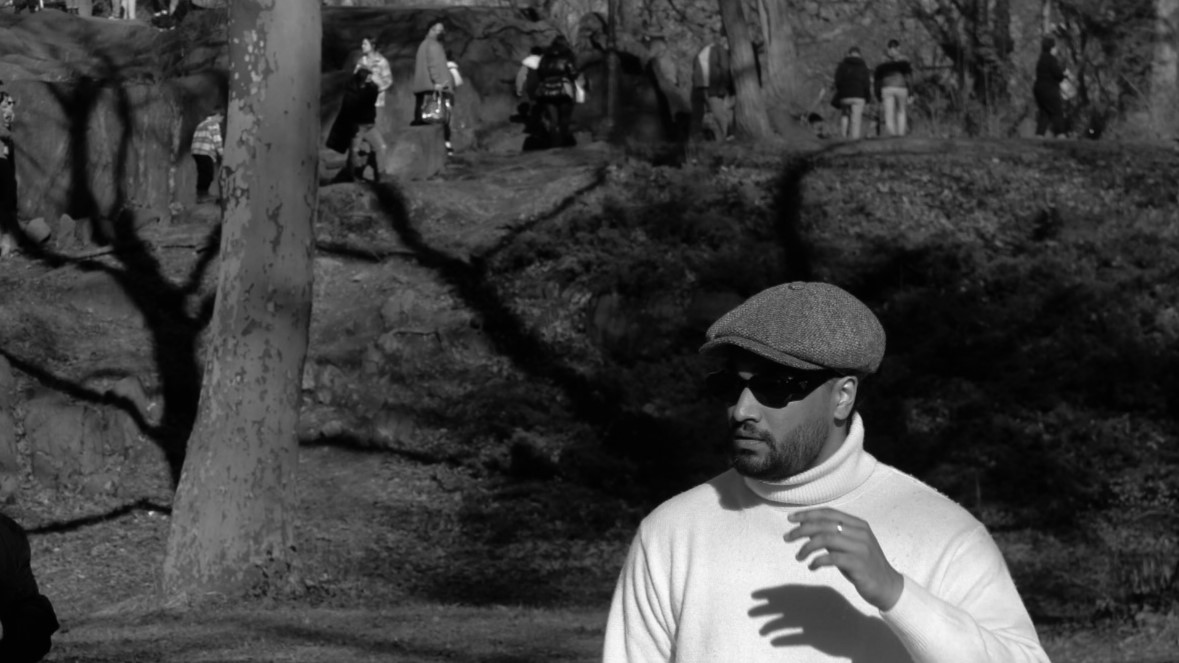
We respect your privacy. We use non-sensitive information such as cookies and device identifiers to insure that we give you the best experience on our website. You can agree to allow cookies or opt out.


This section features the research work I supervise, like dissertations and theses. I am excited to celebrate my students’ accomplishments and share exemplary architectural research. This also gives you an idea about the research focus and range of topics I am concerned with supervising. Enjoy, and give proper credit to the authors and academic institutions when you use any part of their work.

Shaan in Central Park, New York
I grew up in Nottinghamshire in a traditional Sikh home. My family passed me a heritage of empathy, spirituality, and a love for music. Surrounded by classically trained and well-travelled musicians singing religious hymns and playing instruments sparked my imagination of how different service forms bring people together. I learned to play the piano and drums and keenly observed nature. In school, I studied art, geography, and psychology and developed my creative skills in painting and drawing. I took inspiration from artists like John Piper and Kim Cogan, whose works depicted urban landscapes, buildings, memory, and atmospheres.
My formal architectural training commenced at the Leeds School of Architecture, where I spent three years obtaining my bachelor's degree in Yorkshire. I then worked for two years at Benoy Architecture and Masterplanning in Newark, Nottinghamshire, before I moved to Manchester to study for my Master of Architecture at the MSA – Manchester School of Architecture.
At present, I assist with the Student Lodge development under the direction of lead architect Iain Orme, who is based in Nottingham. I have also worked collaboratively on independent projects with well-renowned Nottingham architect Henry Mein. Additionally, I continue to pursue my research into energy generation and prosthetic devices, expanding on my dissertation and thesis projects. I am developing a web-based application and computational tool to assist designers and developers in integrating zero-carbon blocks and energy-generating devices, which should be fully functional by the end of the year.
Historically, the Vitruvian man inspired our design imaginary and ethos. Vitruvius described the human figure as the principal proportion source among the classical architectural orders. However, this outdated ethos does not account for the modern integration of two beings, the biological and the technological, and how such integration transforms our perceptions of architecture and its design standards. This is evident in the inclusive design standards book that still portrays a human with a fully abled body.
My dissertation analyses prosthetic technologies as a lens to examine the human body, connecting it to technical objects and urban landscapes and creating new relations between humans and nonhumans. I analyse the ground as horizontal and vertical planes that fundamentally shape our relationships with the built environment. This sets up a stimulating perspective to study prosthetic technologies and opens a dialogue between technology and nature – and consequently, science and spirituality, digressing into realms of philosophy, fiction, culture, and politics.
My research was part of the dissertation group “Architecture & Technics,” which focused on understanding architectural design as a relationship between the development of technical thought and the assembling of the built environment. In this effort, I challenged my rather powerful presumptions about architectural research, particularly the related areas of inquiry that are culturally and ideologically deemed essential to its perpetuation as a field of study.
I have always been fascinated by the relationship between technology and the built environment, and even more so now, with technological advancements such as Generative AI. “Architecture & Technics” interested me with its challenging philosophy and theory. It gave me a new outlet to explore “the architectural” beyond the conventional routes that had been explored many times before. The topic excited me as a thinker who likes to explore architecture from an entirely new perspective.
Focusing on my topic came naturally as I found myself engaged initially with the human relationship with technology at the most primitive level. I then looked deeper into the philosophy of Gilbert Simondon, which directed me to explore his understanding of the ontological distinction between technical beings and human beings and the blurring of their boundaries. I wanted to see the closest examples of machine and biological integration. This came in the form of prosthetic devices. I explored how the technical thought of prosthetics and sensory devices renewed our relationship with the built environment as humans and questioned our thinking about it as designers.
Engaging with the theories of Gilbert Simondon, Albena Yaneva, Donna Haraway, and Michelle Murphy opened my eyes to new worldviews on being and the built environment. I was fascinated by Simondon’s theorisation of the technical being’s figure (not form) and its “individuation” as evolving and renewing itself, like biological beings. Furthermore, I learned much about prosthetic technologies and their life-changing impact on many lives. They extend and improve our existence as hybrid human-technical beings associated with the built environment as terrain, feedback loops, and acts of balance. This new understanding shifted how I saw and read “the architectural” as a “type of association” between the technical and the human rather than a difference between man and machine.
This interview was published on 04 June 2024.